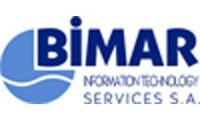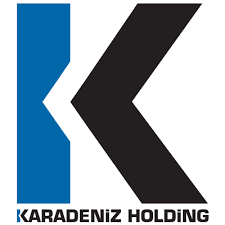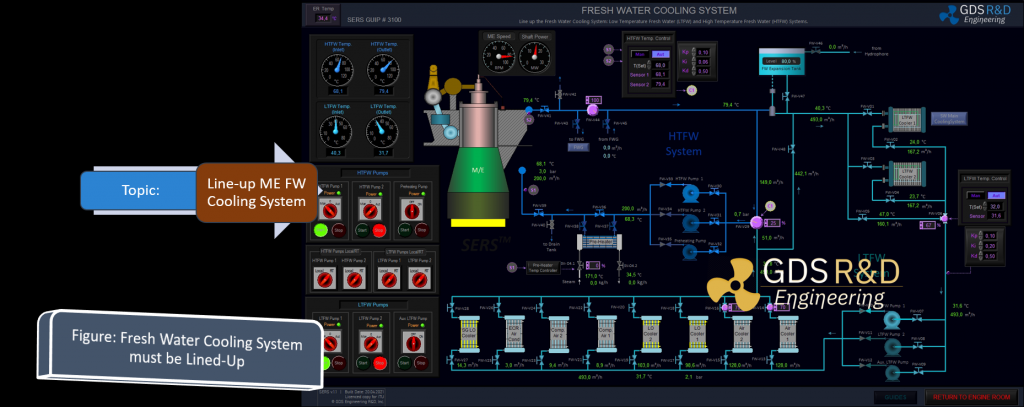Devices used onboard a ship are exposed to harsh electromagnetic environments, whether in the propulsion, deck or bridge area of a ship. Testing of such devices for Electro-Magnetic Compatibility (EMC) is therefore very important. Otherwise, manufacturers can face difficulties during the certification and procurement stages.
EMC testing and certification services to ensure your marine products comply with relevant international standards and regulations is a MUST!
GDS Engineering R&D does not perform these tests yet; however, have the information on design and test knowledge. The requirements include the international conventions as agreed by the International Maritime Organization (IMO) for Safety of Life at Sea (SOLAS).
Currently, we have observed that these tests are conducted by reputable agencies like ELEMENT.
The testing laboratories use the following standards to test the marine electronic, digital or electrical devices for certification to IMO SOLAS requirements, guidance, or recommendations:
- IEC 60945
- IEC 60533
- Lloyds Register Test Spec No 1
- DNV Certification Notes 2.4
- IEC 60092

Click this link to read more about ELEMENT’s advertisements. Element also provides the following additional information in their website:
Support and guidance from the initial design stage
The use of composite materials in ship construction together with new radio technologies and high power electronics are changing the requirements and design goals that need to be achieved to ensure electromagnetic compatibility. Element is well placed with our knowledge of both standards and the target environment to provide detailed guidance of the best compliance strategies to adopt for your marine products.
CE Marking and Wheel Mark certification
Element performs EMC testing in conjunction with climatic and environmental test requirements to meet dedicated marine standards and be compliant with CE marking legislation. We make sure your marine equipment complies with the relevant EMC standards listed in the Marine Equipment Directive to help you achieve the Wheel Mark certification.
EMC test plans

Our test facilities for both EMC and environmental provide a comprehensive portfolio of tests to ensure that whatever your marine equipment is, and no matter where it’s located, we have a test solution that matches your needs.
Coordinated approach to testing for global market access
Our expertise comes from testing thousands of different products every year, and our industry-leading capacity allows us appropriate coordination of testing, so your marine equipment meets common standards of safety and performance across the EU and is accepted for entry into world markets.
For more information, we currently advice you contact with Element support desk.





















